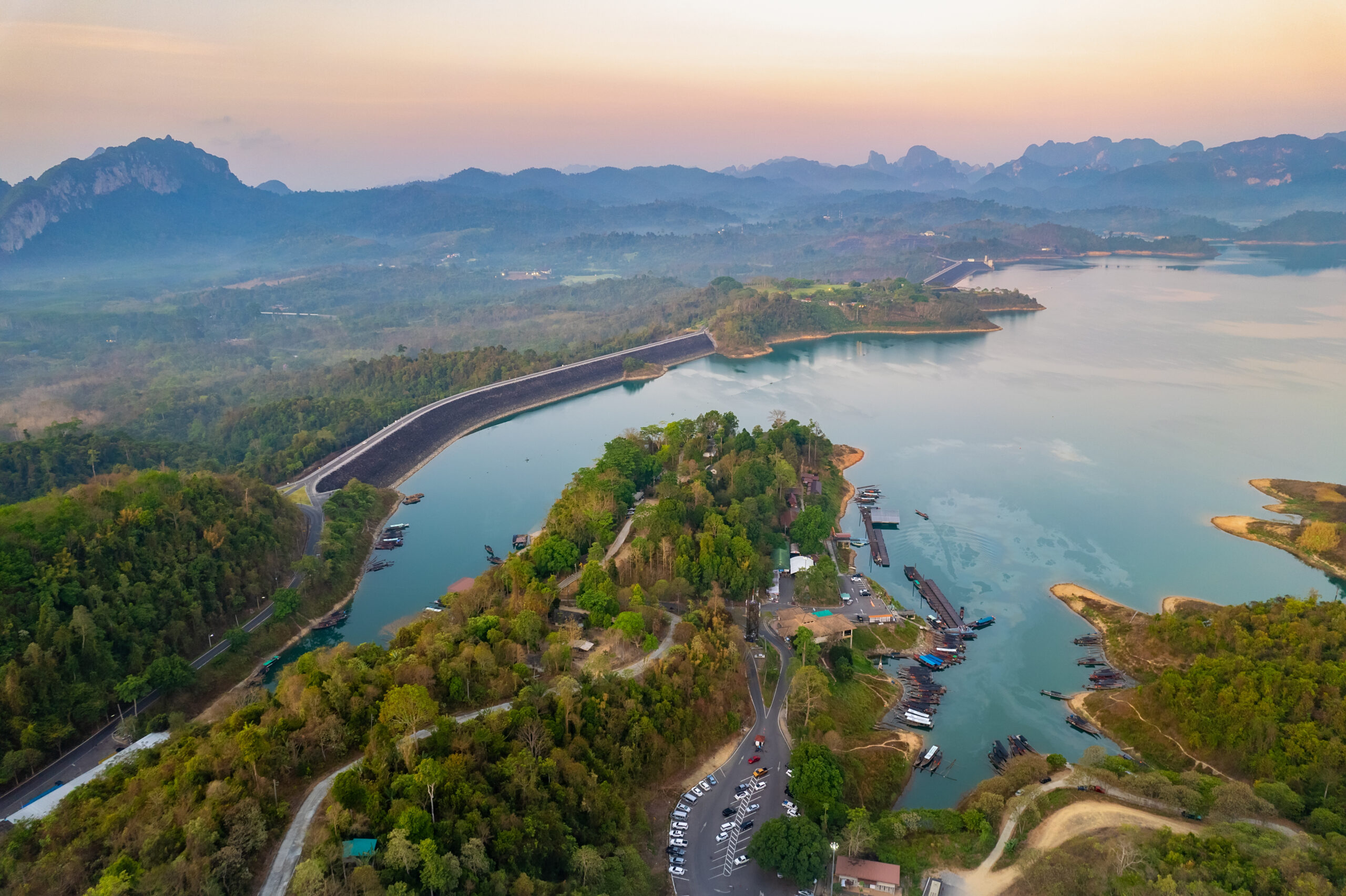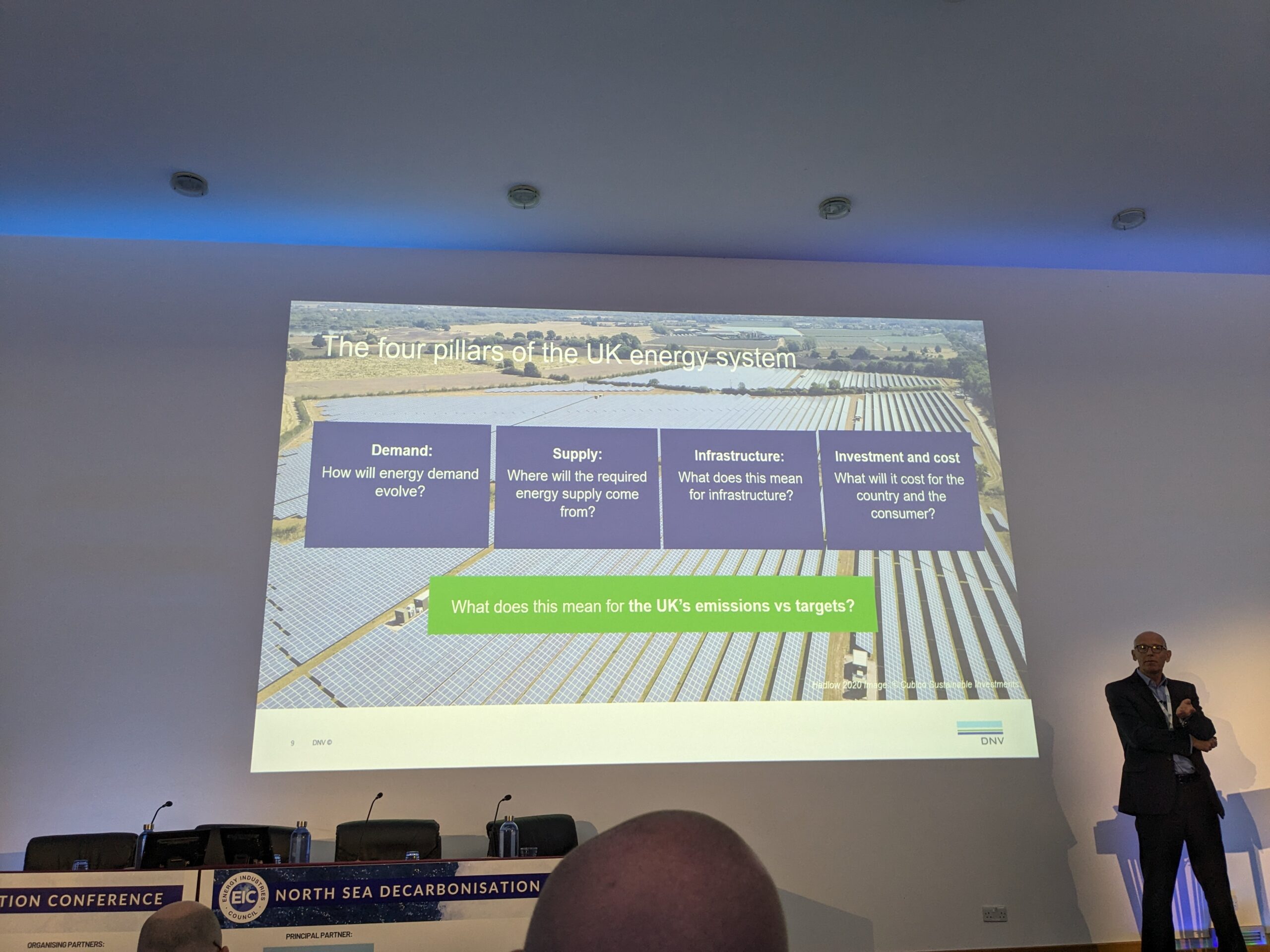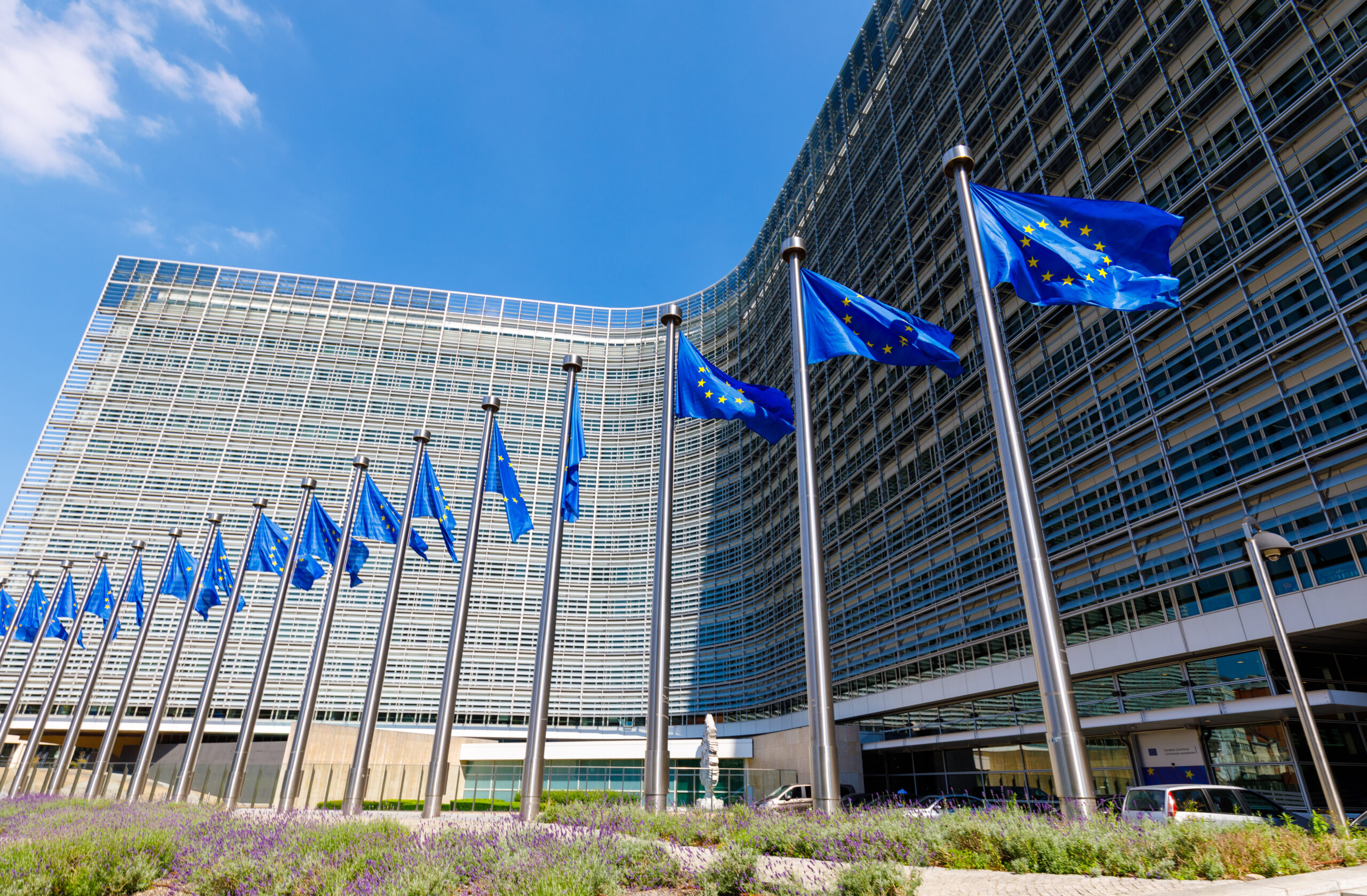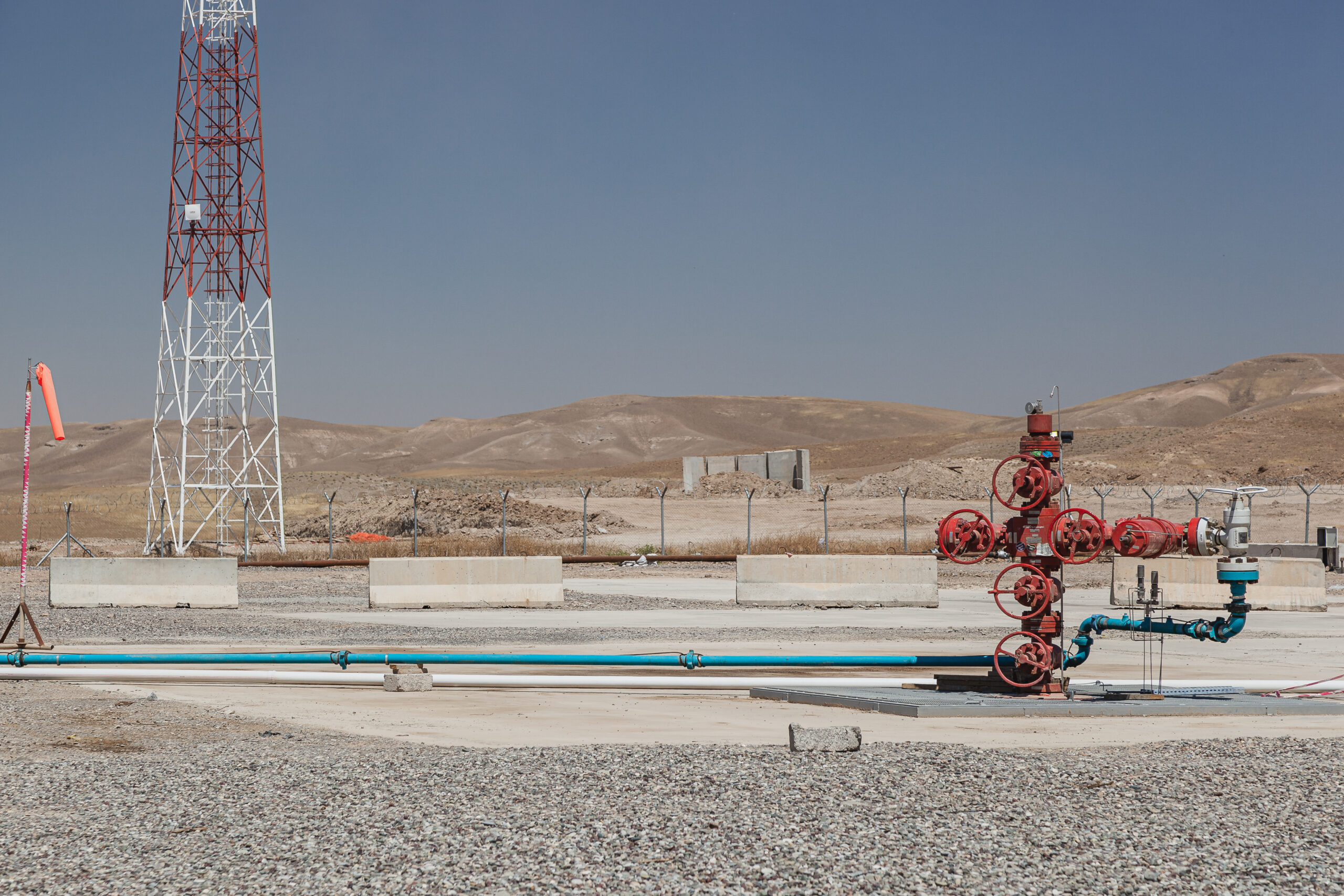Thai gas production ramps up, renewables waver
Thai gas production is stepping up despite national and international calls for the Southeast Asian nation to move away from fossil fuels.

More Thai gas production is ramping up in the Gulf of Thailand after years of production declines and reserve depletion. This comes in spite of both domestic and international calls to pivot away from the fossil fuel.
State-run PTTEP — the exploration and production arm of Thai energy giant PTT — said last month that it had increased offshore production from its G1/61 gas project in the Gulf of Thailand, encompassing the Erawan, Platong, Satun and Funan fields, to 400 MMcf/d.
The company will also continue to drill new production wells, while four wellhead platforms will be installed on the fields later this year. This will double the overall rate to some 800 MMcf/d by next April, the company indicated. Increasing the country’s fossil fuel development ante even more, PTTEP recently secured two new exploration blocks in the Gulf of Thailand.
International players are also increasing their Thai gas presence. California-based Chevron said recently that it was able to secure a license to search for additional gas in the Gulf. Chevron has been operating in Thailand since 1962.
Yet, and likely trying to placate criticism from environmental groups over Thailand’s continued oil and gas development, PTT said in March that it’s going on a “clean energy” shopping spree, worth some US$2.86 billion.
However, that so-called pivot is based mostly on more LNG import terminals, infrastructure and pipelines in an effort to increase imports of the fuel.
PTT, like others in the fossil fuels industry, maintains that gas fits environmental goals since it emits around 50 percent less harmful emissions than coal – the dirtiest burning fossil fuel – when used for power generation.
However, gas still emits considerable CO2 emissions, along with methane leakage problems across the entire gas value chain. Methane, for its part, is more than 25 times as potent as CO2 at trapping heat in the atmosphere.
Notably, PTT also announced in December a US$30 billion spend to boost oil and gas development. Part of that investment includes utilizing carbon capture storage and utilization (CCSU) technology for harmful emissions. There’s growing criticism over CCSU due to costs, concerns over underground leakage and other problems. Moreover, to date no large scale CCSU project has proven successful.
Climate change vulnerability
All of Thailand’s fossil fuel spending comes amid concern over the country’s carbon footprint. Last year, CO2 emissions in Thailand reached nearly 248 million tons. Of that amount, oil made up nearly 104 million tonnes, followed by gas (74 million tonnes), and coal/ignite (70 million tonnes.)
Thailand has also been ranked as one of the most vulnerable countries to the impact of climate change, according to independent development and environmental organisation Germanwatch. Thailand rose from 43rd on the list to 9th in the “extreme risk” category that is most vulnerable to future climate change impact over the next 30 years.
Notwithstanding, Thailand continues to rely heavily on gas, especially for manufacturing and power generation. Gas makes up some two-thirds of the country’s electricity generation. The country also imports around 10% of its needed electricity supply.
Are Thai renewable plans enough?
Continued Thai gas development begs the question, “what about renewables and net zero?”
That’s a question that’s prompting governmental action, at least on paper. Thai government energy planners are expected to launch a new Power Development Plan (PDP) to better support and promote more renewable energy. The new plan will cover 2023-2037, replacing the former PDP launched in 2018. It was scheduled to be released by mid-2023 but that date has been set back several months, likely due to the country’s recent elections.
The new PDP calls for renewables to make up 50% of the country’s energy by 2036. In 2011, renewables made up only 11% of the country’s energy mix. The new PDP also calls for nuclear energy to be introduced in the country, something that still seems uncertain given the complexities in jump-starting a new nuclear power sector.
Thailand’s new PDP is also set to help the country cut emissions by 30 percent to 40 percent by 2030, on a path to reach net zero. However, unlike most of its fellow ASEAN members, Thailand has set a net zero 2065 goal instead of a 2050 goal.
Politics get in the way
As much as Thailand needs to pivot more quickly to renewables, at the end of the day politics are getting in the way.
The government of new Thai Prime Minister Srettha Thavisin was sworn into office on September 5 by Thai King Maha Vajiralongkorn.
Srettha, a former real-estate tycoon, was elected by the Thai parliament on August 22. However, his path to the country’s top job was anything but smooth.
Sretta’s nomination ended a controversial political standoff in place since the progressive Move Forward Party and its coalition partners scored an upset victory in May’s parliamentary elections. General election winner and party leader Pita Limjaroenrat failed to get the necessary parliamentary votes to win the post due to strong opposition in the conservative, military-backed senate.
This has created considerable criticism from the majority of voters that wanted Pita to become prime minister and lead a new era in Thai politics that would dissolve its connections to the military and even reframe powers held by the monarchy.
Phumthep Bunnak, a former Thai government energy policy advisor, told Gas Outlook that reducing energy costs over sustainability will be the new government’s focus, at least for the time being.
“It’s more like a populistic policy to gather public support because the current government is highly unstable because the majority party does not have that high public support,” he said.
However, he also pointed out that there should be some continuity in terms of long-term Thai renewable energy development because the previous minister of energy Supattanapong Punmeechaow will still be an advisor to the current minister. “They are from the same political party and Supattanapong is one of the economic hands for the party,” he said.
High energy costs have plagued Thailand for the past couple of years, in large part because it relies on imported LNG. Prices for the super-cooled fuel saw unprecedented price volatility in the aftermath of Russia’s invasion of Ukraine early last year. Record high temperatures this year have also strained the country’s power sector, with both residential and manufacturing end users pushing for lower prices.



